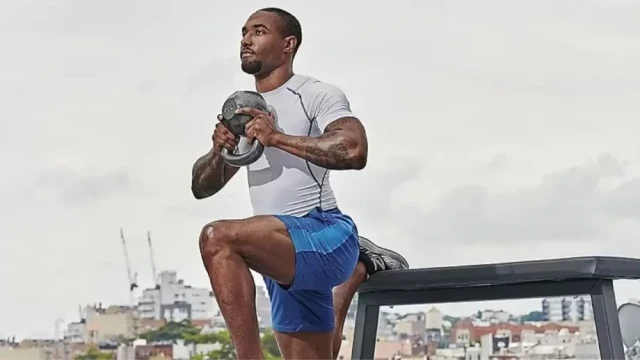
Maximize Performance and Stability with Targeted Exercises
Everyone can benefit greatly from understanding the importance of strong glutes and how these muscles function in the body. Strengthening the dynamic gluteus maximus, medius, and minimus helps prevent or reduce the risk of various injuries and pain, including lower back pain, and hips. It is important to note that the glutes consist of three main muscles: the gluteus maximus, gluteus medius, and gluteus minimus.

The Gluteal Muscles in Movement and Stability
The gluteus maximus is the largest and plays a key role in activities like standing up from a seated position, walking uphill, sprinting, and changing direction. On the other hand, the gluteus medius is crucial for stabilizing the pelvis during movements such as walking or running, while the gluteus minimus assists the medius in this pelvic stabilization.
Glute Max for Acceleration and Deceleration
The glute max aids in accelerating and decelerating the body, while the glute medius and minimus work together to stabilize the pelvis during various activities, ensuring smooth and coordinated movement.
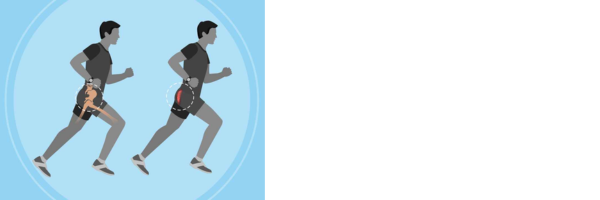
Exercises to target the Gluteus Maximus
- Forward step up
- To perform a forward step-up exercise, follow these steps:
- Stand in front of a sturdy bench or platform.
- Step onto the bench with one foot, ensuring your entire foot is planted firmly on the surface.
- Push through the heel of your foot to lift your body up onto the bench.
- Bring your other foot up to meet the first foot on the bench.
- Step back down with one foot at a time to return to the starting position.
- Repeat for the desired number of repetitions.
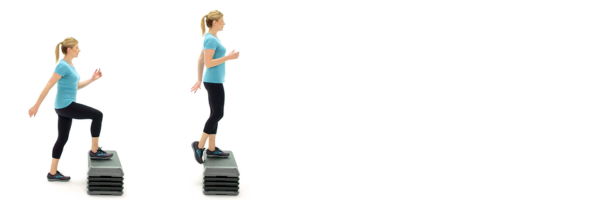
- Single leg deadlift
- Stand with your feet hip-width apart.
- Shift your weight onto one leg while keeping a slight bend in the knee.
- Hinge at the hips and lower your torso towards the floor while extending your other leg straight behind you for balance.
- Keep your back straight and core engaged throughout the movement.
- Return to the starting position by squeezing your glutes and pushing through the heel of your standing leg.
- Repeat on the other leg.
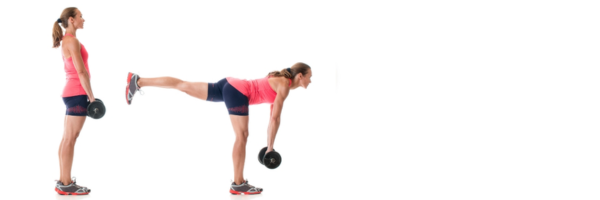
- Single leg squat
- Stand on one leg, with the other leg slightly lifted off the ground.
- Keep your chest up and core engaged to maintain balance.
- Slowly bend the knee of your standing leg to lower yourself down, as if sitting back into a chair.
- ensure your knee stays in line with your toes and does not collapse inward.
- Lower down as far as you can while keeping good form.
- Push through the heel of your standing leg to return to the starting position.
- Complete the desired number of repetitions before sitting on the other leg.
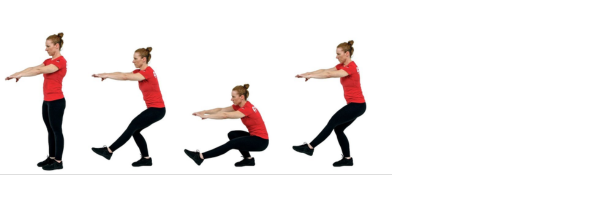
- Wall squat
- Stand with your back against a wall.
- Slowly slide down the wall until your knees are at a 90-degree angle.
- Hold this position for a set amount of time or repetitions.
- Push through your heels to stand back up.
- Repeat for the desired number of sets.
- Note: Keep your back flat against the wall and ensure your knees are aligned with your toes throughout the exercise.
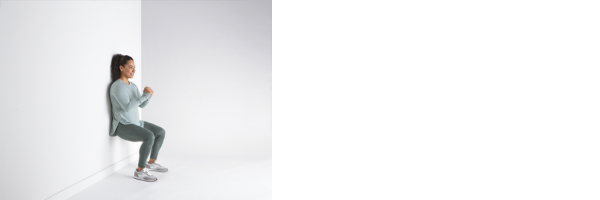
Exercises to target the Gluteus Medius
- Side bridge to neutral spine
- Lie on your side with your elbow under your shoulder and your legs stacked.
- Engage your core muscles.
- Lift your hips off the ground to form a straight line from head to heels.
- Maintain a neutral spine, avoiding arching or rounding the back.
- Hold the position for a set duration.
- Switch sides and repeat the exercise.
- This exercise strengthens core muscles and enhances spinal stability.
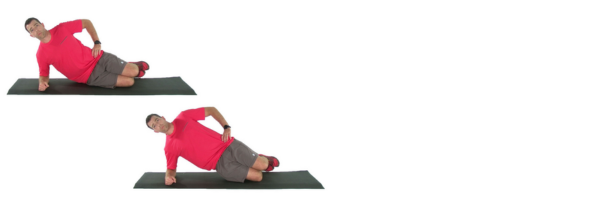
- Pelvic drop
- Stand with your feet hip-width apart and place your hands on your hips.
- Slowly tilt your pelvis forward, pushing your hips slightly forward and arching your lower back.
- Then, slowly tilt your pelvis backward, tucking your tailbone under and rounding your lower back.
- Repeat this tilting movement in a controlled manner for the desired number of repetitions.
- This exercise helps to strengthen the muscles around the pelvis and improve core stability.
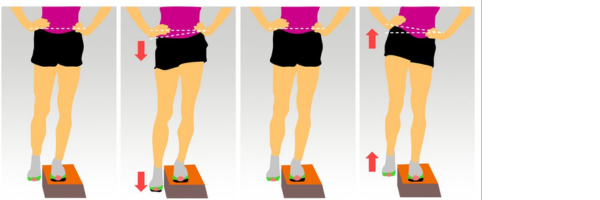
- Side-lying leg lifts
- Lie on your side with your legs straight and stacked on top of each other.
- Rest your head on your bottom arm for support.
- Engage your core muscles to stabilize your body.
- Slowly lift your top leg towards the ceiling, keeping it straight.
- Hold at the top for a moment, then lower back down with control.
- Repeat for the desired number of repetitions, then switch to the other side.
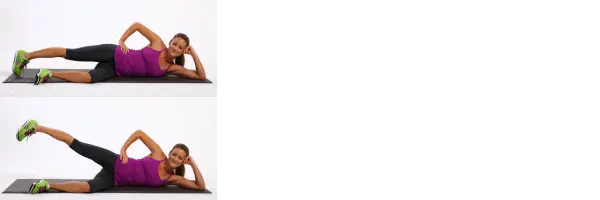
Optimize Your Glute Strength
These exercises target both the gluteus maximus and medius, offering a comprehensive approach to glute strengthening.
Remember that you can adjust the intensity of these exercises by modifying factors like tempo, resistance, surface height, or hold time. By incorporating these exercises into your routine, you can proactively work towards building stronger and more functional glutes, which helps prevent or reduce the risk of various injuries and pain.
Reiman MP, Bolgla LA, Loudon JK. A literature review of studies evaluating gluteus maximus and gluteus medius activation during rehabilitation exercises. Physiotherapy Theory and Practice. 2011;28(4):257-268. doi:10.3109/09593985.2011.604981
Back




Leave a Comment